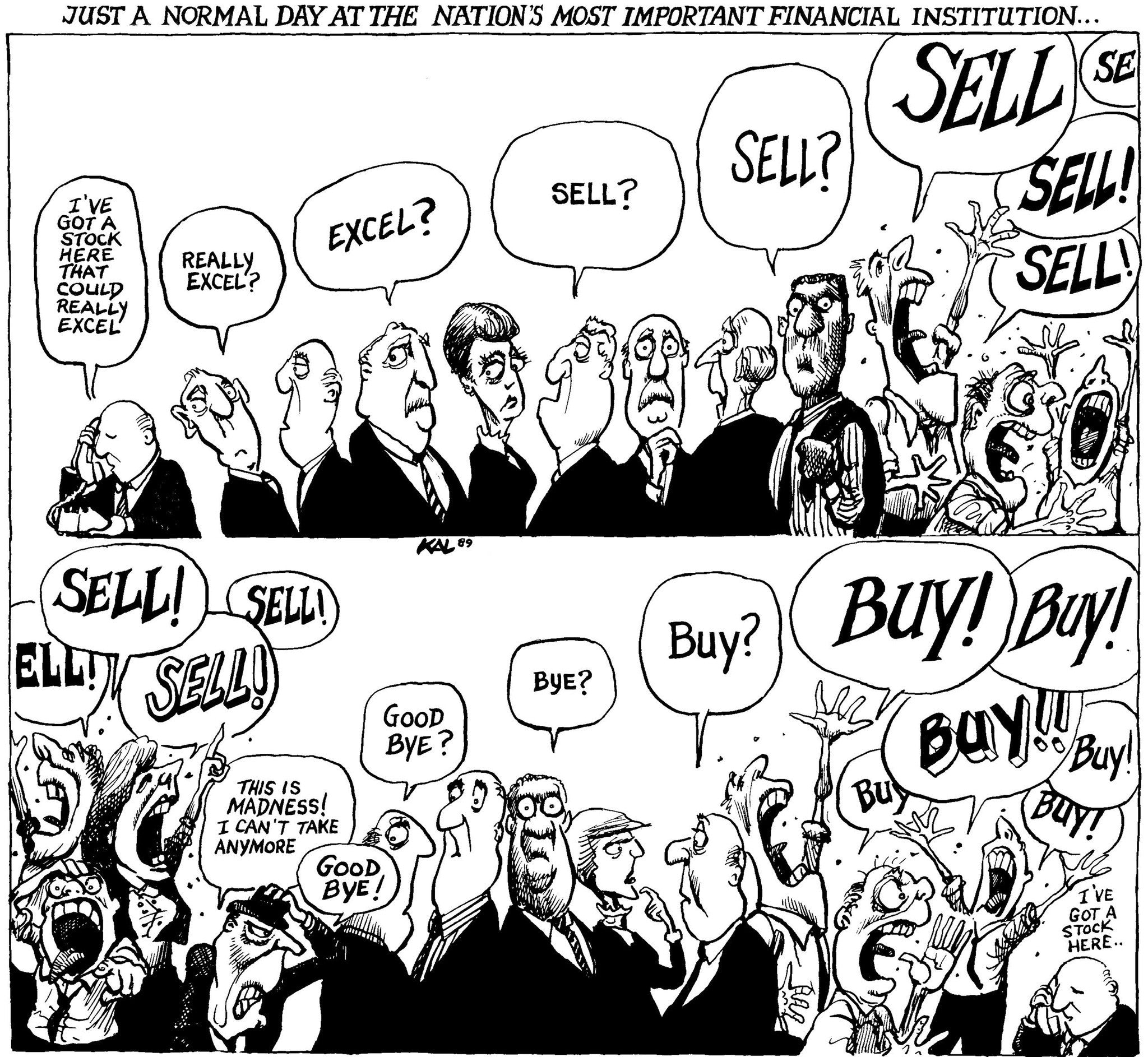I think it's all a matter of perspective. If you are looking at probability of no accident per mile and it takes you 12 months to solve every 9, then it looks like you are getting diminishing returns for the same amount of human work hours. However, if you are looking at average number of miles driven without an accident/disengagement, this is increasing 10x for every 12 months (with a fixed number of developers and annotators).
Also note that I'm just talking about the benefits of new data here. Part of the exponential growth is also that on top of this data set improvement, Tesla also has a 10-20x improvement in computing power to play with. In the next year Tesla will have a new benefit from scaling up the size and scale of their neural nets (but with largely the same data set as before) to take advantage of their new FSD computer. Rather than solving individual scenarios, this neural net size upgrade should broadly reduce the individual error rate on every single scenario at the same time by increasing granular object detection accuracy.
We don't know what 9 Tesla is currently working on, but I think they are just now transitioning from building the FSD capability building blocks and data infrastructure towards tackling the march of 9s. At Waymo, we at least have some data to look at. If we re-write Waymo's disengagement/mile numbers into probability of no disengagement per mile, they were at 99.991% in 2018, which improved from 99.94% in 2015. So they solved close to one 9 in three years while using a lot of hardware and 3D maps crutches. This isn't really the probability of no accident per mile because 1) not all disengagements would have led to an accident and 2) Waymo's numbers are distorted by heavy geofencing, restricted weather conditions, and discretion to not report disengagements if the human driver took over voluntarily. But ignoring this, this compares to human driving accidents of 1 every 436k miles - equivalent to 99.9998%. So Waymo is very crudely about two 9s from matching the average human. But with Waymo's strategy, every 9 will take 10x higher investment in fleet size, 10x higher investment in safety drivers and 10x higher central computing costs (because unlike Tesla, Waymo downloads every second of sensor data and later filters centrally).
This is the difference between Tesla's strategy and everyone else's. Tesla is set up to solve every 9 in a flat number of months on a flat budget. For everybody else, every new 9 requires scaling investment c.10x. Tesla has very carefully structured its strategy such that none of its R&D costs scale exponentially.



